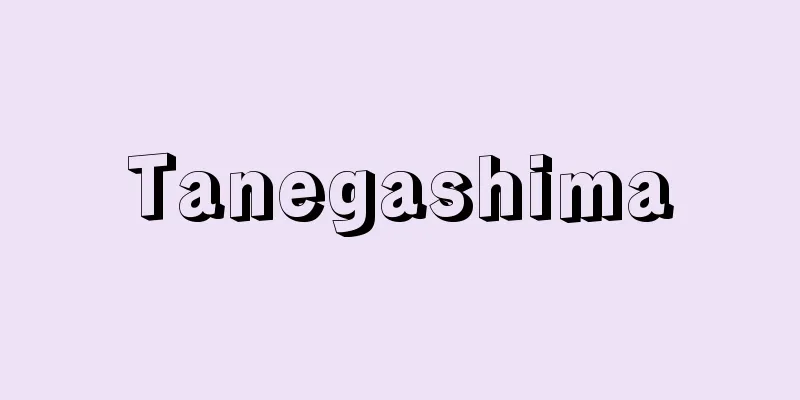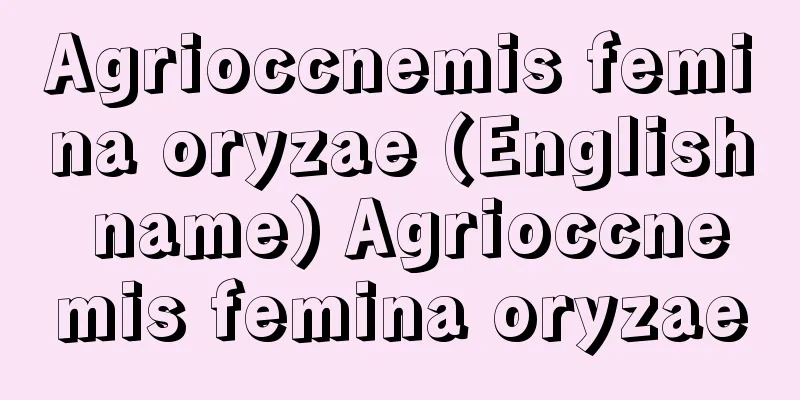Iwasaki Water Garden

|
Year of death: Tempo 13.1.29 (1842.3.10) Year of birth: June 26, 1786 (July 21, 1786) A botanist and naturalist of the late Edo period. A retainer of the Edo Shogunate and a member of the foot warrior class. His given name was Tsunemasa, and he was commonly known as Genzo. He went by the names Tokei or Kan'en, and also used the ritual name Matagendō. He was born in Sanmaibashi, Shitaya, Edo, the son of a low-ranking family on a stipend of 100 straw bales and 10 people. Even as a child, he loved botanical science, and would organize plant-collecting trips with his friends. In Bunka 6 (1809), he became a student of Ono Ranzan, but Ranzan died three months later. In Bunka 11 (1818), he participated in the editing of Yashiro Hirokata's Kokin Yoran, and began to distinguish himself as a botanist. In Bunka 14 (1819), he opened a school at his home Matagendō, and lectured on botanical science. In Bunka 15 (1821), at the tender age of 22, he began planning to compile a herbal book, and in Bunka 16 (1822) it took on a rough form as Honzo Zusetsu. The motivation for compiling the book was his regret that his teacher Ranzan's "Honzo Keimo" had been burned, and that the remaining copies were so scarce, and his desire to distinguish between genuine and counterfeit herbs and save everyone from the nobility to the poor. This awareness was carried over to his later great work "Honzo Zusu" (96 volumes). In 1818, the 61 completed volumes of "Honzo Zusetsu" were presented to the shogunate, where they were inspected by Hotta Masaatsu. In 1834 and 1835, with the help of Hotta Masaatsu, a firebreak site in Kudan was rented out to him as a botanical garden. In 1834, he entered a small construction project, and in 1836, he handed over the family headship to his son Nobumasa. Kan'en wanted to personally appraise all the products in Japan, and he had a deep interest not only in the descriptions in "Honzo Komoku," but also in Western botany, trying to explain the differences between the two worlds. This was because he believed that verifying its authenticity as a medicine would benefit all people. (Toshikazu Sasaki) Source: Asahi Japanese Historical Biography: Asahi Shimbun Publications Inc. About Asahi Japanese Historical Biography |
|
没年:天保13.1.29(1842.3.10) 生年:天明6.6.26(1786.7.21) 江戸後期の本草学者,博物学者。江戸幕府の御家人で徒士衆。名を常正,通称を源蔵という。東渓または灌園と号し,又玄堂の斎号を用いる。100俵10人扶持という軽輩の子として江戸下谷三枚橋に生まれる。幼少にして本草学を好み,友人たちと植物採集旅行を催したりする。文化6(1809)年には小野蘭山の門に入るが,3カ月にして蘭山に死別。同11年には屋代弘賢の『古今要覧』の編集に参加,本草学者としての頭角を現す。同14年には自宅又玄堂に塾をおこし本草学を講じる。 同4年,弱冠22歳にして本草書の編集を企図し,同7年には『本草図説』として一応の形をみる。編纂の動機には師蘭山の『本草啓蒙』が焼失,伝本が希少にすぎることを憾み,併せて真偽を弁別し上は君親,下は貧賤の輩まで疾厄を救うことにあった。この意識はのちの大著『本草図譜』(96巻)に引き継がれていく。『本草図説』は文政1(1818)年にすでに完成した61冊が幕閣に差し出され,堀田正敦が披見するところとなる。同3年,同5年には堀田正敦の斡旋により九段の火除け地を薬園として貸し出される。天保5(1834)年,小普請入り,同9年家督を息子の信正に譲る。灌園は日本中の物産をすべて自分で鑑定しようと望み,『本草綱目』の記載のみならず,西洋植物学にも深い関心を寄せ,彼我の差を弁じようとしていた。薬品としての真偽をただすことが万民のためになるとの確信を持っていたためである。 (佐々木利和) 出典 朝日日本歴史人物事典:(株)朝日新聞出版朝日日本歴史人物事典について 情報 |
>>: Iwasaki [village] - Iwasaki
Recommend
Obizazatōshiki - Obizazatōshiki
...Kameya Goi no Onna, who was the head of the za...
Dix, Otto
Born: December 2, 1891, Gera, Untermhaus [Died] Ju...
Junjiro Shimazono - Junjiro Shimazono
Internal medicine scientist. An authority on beri...
Joseph Lincoln Steffens
1866‐1936 American journalist. After training as a...
Kiyomoto Eijuro
Born: April 21, 1904, Ushigome, Tokyo [Died] March...
Alpha waves - Alpha is
This is one of the waveforms of brain waves. It is...
Wałęsa, L. (English spelling) WalesaL
...The Gdansk Agreement, concluded with the strik...
Kawarausukisou - Kawarausukisou
…The maidenhair fern is a limestone plant found w...
Semmelweis - Ignaz Philipp Semmelweis
Hungarian obstetrician. Born in Buda (Budapest). ...
Lissemys punctata (English spelling) Lissemyspunctata
...The Lissemys subfamily consists of three gener...
Dufay
A composer of the Burgundian school from Flanders....
Occitanie
…Secondly, the dialects of Auvergne, Limousin, Ga...
One performance
Year of death: 12 July 867 (15 August 867) Year of...
Strymon (English spelling)
…the river that flows south from Bulgaria to Gree...
Omnivorous
…Usually, they are classified into fairly rough t...


![Funabashi [city] - Funabashi](/upload/images/67ccb882c0332.webp)






